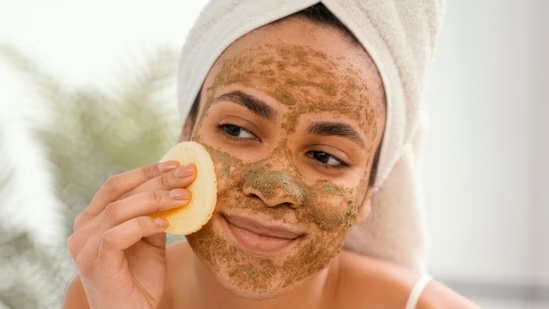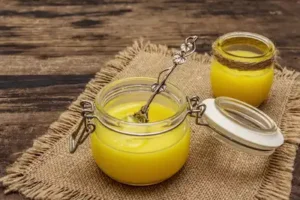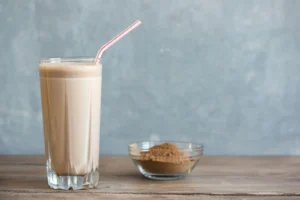Hair and Skin Exfoliation: Benefits, Methods, and Expert Tips for Healthy Glow:
Hair and skin exfoliation is a crucial step in both skincare and scalp care routines. By removing dead skin cells, it promotes a healthy, vibrant appearance, enhances product absorption, and prevents various skin and scalp issues. Regular exfoliation supports smoother skin, reduces buildup on the scalp, and encourages better hair growth. Let’s explore the benefits, frequency, and methods of hair and skin exfoliation, along with FAQs and expert tips tailored to different skin and scalp types
Hair and skin exfoliation benefits
For the Skin exfoliation:
- Unclogs Pores: Removes dead skin cells and excess oils that can lead to acne, blackheads, and whiteheads.
- Improves Skin Texture: Smooths rough patches and softens the skin for a rejuvenated feel.
- Enhances Absorption: Allows moisturizers and serums to penetrate deeper and work more effectively.
- Evens Skin Tone: Reduces dark spots, hyperpigmentation, and fine lines for a balanced complexion.
- Boosts Circulation: Massaging while exfoliating improves blood flow, giving the skin a natural glow.
For the hair exfoliation:
- Removes Build-Up: Clears product residue, sweat, and excess oils for a healthier scalp.
- Reduces Dandruff: Eliminates dry, flaky skin and helps control itchiness.
- Promotes Hair Growth: Maintains healthy hair follicles, encouraging stronger and fuller hair growth.
- Balances Oil Production: Regulates excessive oiliness while keeping dry scalps hydrated.
How Often Should You Exfoliate?
The right frequency depends on your skin and scalp type:
For the Skin:
- Oily/Acne-Prone Skin: 2-3 times a week with a gentle scrub or salicylic acid-based exfoliant.
- Dry/Sensitive Skin: 1-2 times a week with mild, hydrating exfoliants like lactic acid or oatmeal.
- Normal/Combination Skin: 2-3 times weekly, balancing physical and chemical exfoliation.
For the Scalp:
- Oily Scalp: Once a week to manage oil and buildup.
- Dry Scalp: Every two weeks with gentle, hydrating methods to prevent irritation.
- Normal Scalp: Once every 10-14 days to maintain balance and health.
Note: Over-exfoliation can cause irritation and sensitivity, so always monitor your skin and scalp’s response.
DIY Exfoliation Methods vs. Store-Bought Products
DIY Exfoliation Methods:
Affordable and natural, DIY exfoliants are a great choice for many:
For Skin:
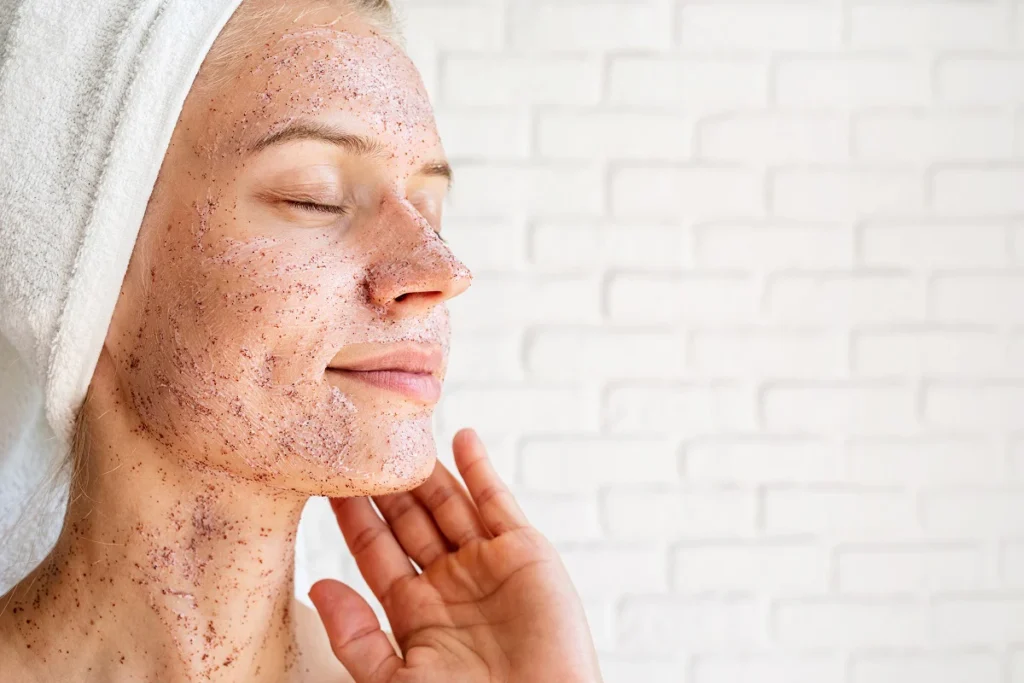
- Sugar Scrub: Mix sugar with honey or olive oil for gentle physical exfoliation.
- Coffee Grounds: Combine with coconut oil for a rejuvenating body scrub.
- Oatmeal Paste: Blend oats with milk or yogurt for a soothing, sensitive-skin-friendly exfoliation.
For Scalp:
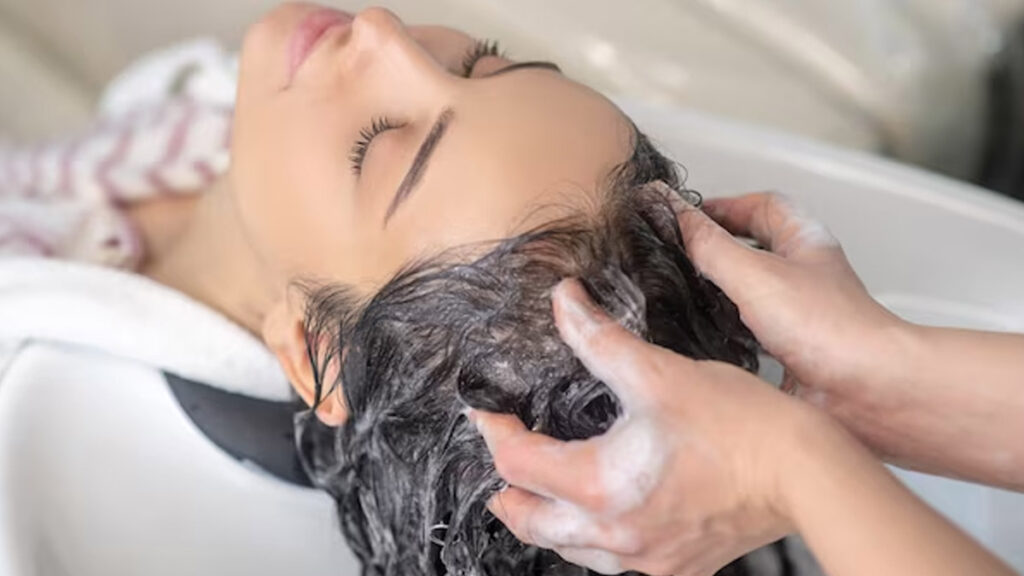
- Brown Sugar & Olive Oil: Massage onto the scalp to remove flakes and buildup.
- Apple Cider Vinegar Rinse: Mix with water for a natural scalp detox.
- Aloe Vera & Sugar Scrub: Hydrates the scalp while gently exfoliating dead skin cells.
Store-Bought Products:
These are formulated with scientifically tested ingredients for specific concerns:
For Skin:
- Chemical Exfoliants: AHAs (glycolic acid) and BHAs (salicylic acid) for targeted exfoliation.
- Physical Scrubs: Microbead or granule-based formulas for gentle exfoliation.
- Enzyme Masks: Fruit-based enzymes (papaya, pineapple) to dissolve dead skin cells.
For Scalp:
- Scalp Scrubs: Contains fine particles or exfoliating acids to remove buildup.
- Exfoliating Shampoos: Includes ingredients like salicylic acid or charcoal for detoxification.
- Serums: Leave-on exfoliants designed to target scalp concerns like dandruff and itchiness.
Both DIY and store-bought methods work well—choose based on your preference, budget, and specific needs.
Tips for Different Skin and Scalp Types
For Skin:
- Oily Skin: Opt for salicylic acid or clay-based products to control oil and prevent breakouts.
- Dry Skin: Use hydrating exfoliants with ingredients like hyaluronic acid; avoid harsh scrubs.
- Sensitive Skin: Stick to gentle chemical exfoliants, such as lactic acid; avoid abrasive scrubs.
- Mature Skin: Incorporate retinol-based exfoliants to promote cell turnover and reduce fine lines.
For Scalp:
- Oily Scalp: Use clarifying products with tea tree oil or salicylic acid to control excess oil.
- Dry Scalp: Choose hydrating ingredients like aloe vera, argan oil, or shea butter.
- Sensitive Scalp: Look for sulfate-free, fragrance-free exfoliating products to prevent irritation.
- Dandruff-Prone Scalp: Seek exfoliants with antifungal properties like zinc pyrithione or coal tar.
FAQs on Exfoliation
Can I exfoliate my scalp?
Yes! Scalp exfoliation removes buildup, dandruff, and excess oil, creating a healthier environment for hair growth.
Is exfoliation safe for sensitive skin?
Yes, but use gentle methods such as enzyme-based exfoliants or mild acids like lactic acid.
Are DIY exfoliation methods safe?
Most DIY methods are safe if used correctly. Always patch-test ingredients to avoid allergic reactions.
Can I exfoliate my scalp if I have dandruff?
Yes, but choose gentle methods with antifungal ingredients like zinc pyrithione.
Can I exfoliate if I have acne or eczema?
Yes, but opt for mild chemical exfoliants and consult a dermatologist to prevent aggravation.
THE POST YOU MAY LOVE: Black Seed Oil: A Natural Remedy for Health and Beauty
Final Thoughts
Exfoliation is an essential part of an effective skincare and haircare routine. Understanding its benefits, choosing the right methods, and tailoring your routine to your unique needs can help you achieve a radiant complexion and a healthy scalp. Whether you prefer natural DIY solutions or scientifically formulated store-bought products, consistency is key to maintaining healthy skin and hair.
With this comprehensive guide, you can confidently incorporate exfoliation into your skincare and scalp care regimen, ensuring long-term benefits for your skin and hair health.

